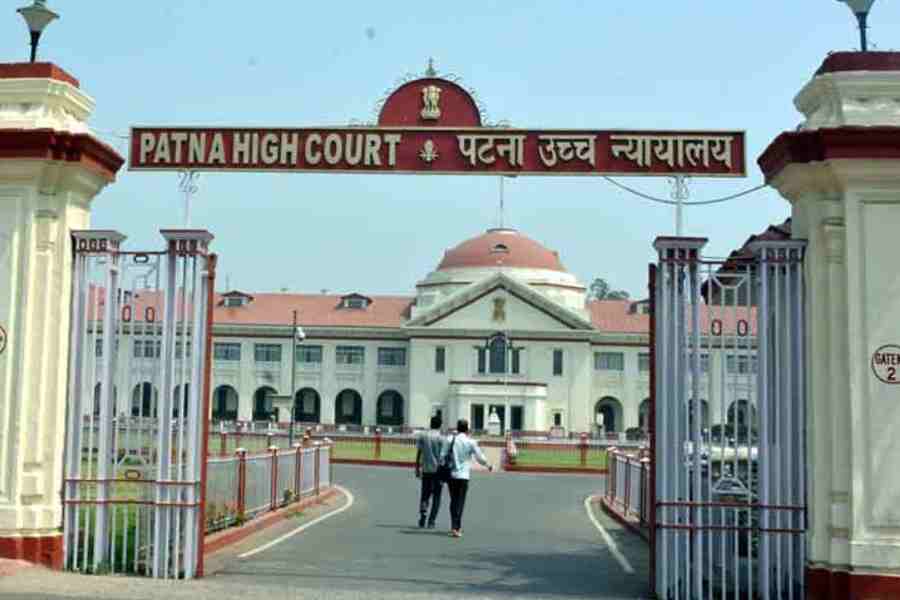The Patna High Court put a stay on the caste-based census that had been ordered by the Bihar government. The court’s decision is a consequence of several petitioners seeking relief. The court was able to pass a stay order because a petitioner from the transgender community expressed dissatisfaction since ‘transgender’ was listed as a caste in the census. The court also directed the state government not to disclose the data collected so far. The Supreme Court refused to stay the order by the Patna High Court. However, Bihar is not the only state to propound a census on the basis of caste. Maharashtra, Jharkhand and Odisha have also supported such a proposal.
A caste-based census involves the collection of primary data about people’s castes, their employment status, education levels and so on. Proponents of caste-based census believe that caste is an indicator of social inequality. Data suggest that the scheduled castes, scheduled tribes and other backward classes are poorly represented in jobs and positions of power and influence. Even when wealth acquisition is calculated per capita across major caste groups, it indicates a massive inequality in the distribution of wealth; this trend has widened.
This chasm is suggestive of the lack of stepping stones that are supposed to help underprivileged and disadvantaged castes gain better representation in educational institutions, scholarships,jobs, and so on. Historically, the upper castes have been vested with social and cultural capital that has tightened their grip on resources. A caste-based census could not only provide accurate data to help understand the existing conditions of caste groups but also enable the State to identify and correct the fallacies of the present system of caste-based reservation policies, thereby knocking out the argument of anti-reservation lobbies that affirmative action is being misused.
However, the Bharatiya Janata Party government at the Centre opposes a socio-economic census based on caste. Such a move, it fears, would destroy ‘Hindu unity’. When the matter was taken up in the Supreme Court in 2021, the Centre cited logistical, operational and administrative reasons for not being in favour of a caste-based census.
Some of its concerns merit scrutiny.
The 1931 census counted approximately 4,200 castes. The 2011 census revealed that there were more than 46 lakh caste entities. This exponential spike in the number of castes was unexplainable. There is thus a need for volunteers/officers conducting such a census to be trained and well-informed on the challenges. The questionnaire and the research methodology need to be prepared accordingly. The recommended procedure is that a questionnaire be finalised and field-tested. This has already been done without adding additional questions pertaining to caste. The Central government argues that given the logistical challenges, it is now too late to go ahead with such an enumeration. Another major operational impediment cited by the government concerns expediting the planning and the preparation for the next census that is now scheduled to be completed in 2024. There is a legal impediment too, there being no constitutional mandate for a Registrar General and Census Commissioner to provide census data for the OBCs, as is the norm for SCs and STs. The recent stay by the Patna High Court was in furtherance of such concerns as data integrity, security, the mass appropriation of funds by the state government as well as the legality of policy-making undertaken by a state for a subject specifically listed under the Union List under Article 246 of the Constitution.
A caste-based census would provide a better understanding of contemporary caste dynamics. But major challenges must be overcome to execute such an elaborate census appropriately.











